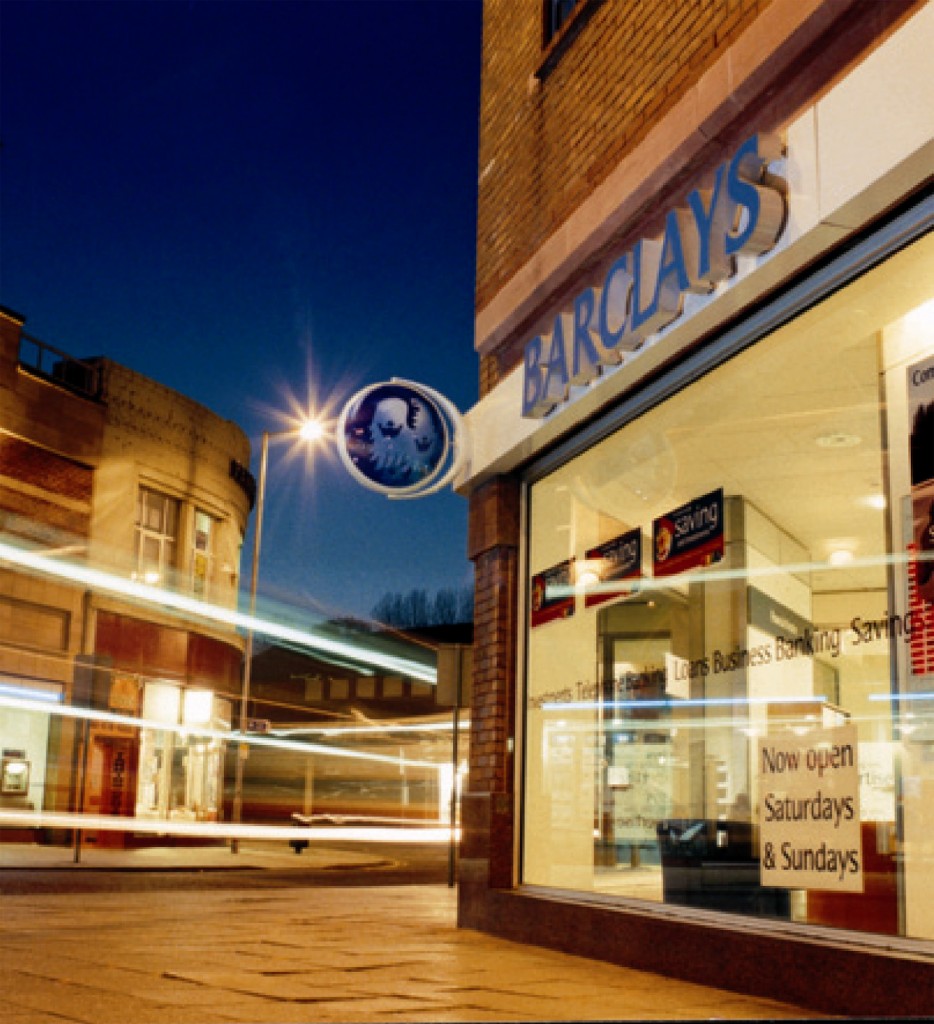
No matter how long you’ve been on the property scene, it’s safe to say that you won’t have experienced what we saw in first half of 2020.
The introduction of social distancing measures brought the housing market to a total halt and disrupted the remortgage market too.
We faced unique challenges across the industry, from the effective outlawing of home viewings and on-site valuations, to lending restrictions and the disruption of legal processes, no corner of the market was left untouched.
Impressively, the whole industry collaborated, and through innovative technology and adaptability, the remortgaging market continued to operate effectively even while the home moving market was forced to close its doors temporarily between March and May.
Throughout this period, LMS tracked the overall health of the remortgage market. We monitored changes in four key indicators to assess market performance and look deeper into the impacts of Covid-19.
Remortgage approvals
From January to June 2020, we measured the volume and value of all accepted and declined remortgage offers made by lenders. Interestingly, the strength of remortgage approvals improved over the first half of the year.
Although we saw a fall of 30% in the number of remortgage approvals over the period, there was a steep increase in the monetary value of approvals, which soared even while house prices came under pressure in April and May.
When the Bank of England (BoE) cut the base rate to 0.1% in March, savvy borrowers increased the value of their loans to take advantage of the low rates offered by lenders, which increased the value of loans approved.
This is supported by LMS’ data, showing that 78% of remortgagers in the first half the year increased or maintained their overall loan size.
Remortgage approval data over H1 reveals even though lenders tightened their requirements and reduced the number of loans on offer initially, they continued to test the waters with low-rate products.
Additionally, there have been great leaps forward in terms of tech developments in the mortgage market, which began far before March 2020. LMS, for example, has been investing in providing a tech driven, streamlined process for the past 18 months.
Without these developments being well underway, the continuation of the market might not have been as possible. However, lenders’ drive to lend, and an embrace of tech by all stakeholders, allowed remortgaging to continue through the worst of the crisis.
Borrowing costs
Another key indicator we look at to assess the health of the remortgage market is borrowing costs.
To determine this, we measure the difference between lenders’ own funding costs and the rates charged to borrowers.
The data shows that while spreads increased, borrowers saw a fall of 3.3% in the average cost of a fixed-rate mortgage deal.
This decrease in payments is further supported by LMS’ data which reported 60% of borrowers reduced or maintained their monthly payments in H1, despite the majority of borrowers increasing their loan size.
Since June, however, fixed term rates have been steadily rising again as lenders ease their strict criteria and Bank of England figures show that borrowing levels are beginning to pick up again.
Moneyfacts.co.uk reported September rates are on average 0.22% below those available in March this year, but have been rising since July.
Borrowers are being advised to secure a rate now if they want to cash in on the discount before they rise again.
This, paired with ERC expiry volumes which are expected to spike at the end of the year, could cause a flurry of remortgage activity if emphasis doesn’t move further towards purchasing, and the industry must prepare for that.
Homeowner equity
In order to measure homeowner equity, we look at the change in the value of house prices which helps us assess the strength of the remortgage market.
Changing house prices can reveal remortgage market health because if house prices increase, homeowners find it easier to remortgage and can take advantage of an improved loan-to-value ratio; however, if prices drop, it has the opposite effect.
2020 has been a tale of two halves when it comes to homeowner equity. Despite the recent growth in house prices over the last couple of months, reaching an all-time-high in August this year as reported by Nationwide’s House Price Index, the story was not the same throughout Q2.
Homeowner equity saw the most significant decline across our index as the coronavirus pandemic put house prices under significant pressure. The Nationwide House Price Index reported that between April and June 2020, house prices fell by 3.2%, an average decrease of £7,133.
Despite this, many are predicting a reversal in prices towards the end of the year, as the stamp holiday likely won’t be a sufficient incentive once the furlough scheme ends and redundancies start to rise. This would negatively impact borrowers looking to remortgage as they will find themselves requiring a higher LTV.
Additionally, we cannot ignore the rise in borrowers opting for a product transfer. LMS data shows product transfer use increased from 72% to 77% between Q1 and Q2.
For those on payment holidays, a product transfer is the only option for remortgaging, however popularity for this method also grew among other borrowers as underwriting rules relaxed, brokers operated at reduced capacity and processes moving online all pushed more to customers to stay with their existing lender.
While perhaps the right short-term solution, it could end up costing borrowers in the long run as they miss out on better deals and have less equity over time.
Borrower sentiment
The final metric we observe when evaluating overall remortgage market health is the level of consumer confidence over a given period.
We compare both the YouGov/CEBR Consumer Confidence Survey and LMS’ own borrower survey. Typically, we see a direct correlation between the proportion of homeowners increasing their loan sizes, and the positivity of sentiment.
Between Q4 2019 and Q1 2020, consumer confidence was beginning to rise as the political uncertainty came to an end following a decisive election result.
However, consumer confidence took a hit as the UK entered lockdown, falling 2.2 points according to the YouGov/CEBR Consumer Confidence survey between Q1 and Q2. However, despite consumer confidence falling significantly in April, as lockdown measures began to ease, confidence improved and the indicator score began to rise, ending Q2 just 4.3 points below Q1.
Overall market health
The first half of 2020 has been a testament to the strength and resilience of all who operate within the remortgage market, from borrower, broker, lender and lawyer alike.
The support that has been provided by the industry as we adapt and grow to provide an effective, efficient, and secure remortgage process has been positive to see.
Overall, the remortgage market remained as steady as we could have hoped, as industry collaboration allowed impact from the pandemic to be minimised for borrowers.
Now, we face our next challenge as the furlough scheme comes to an end, borrowers on payment holidays look to reinstate payments and secure new products, all while the October BoE rate decision lingers in the background; it is important for both borrowers and lenders to take stock of their current circumstances and prepare for what business continuity looks like into 2021.
Whatever happens, working together to help borrowers must be a priority for the industry. We’ve made significant investments and seen great strides in our ability to deliver digital, remote services while retaining security and stability for all stakeholders in the process.
I hope that once we are through this tough period, some of the positive lessons we have learned can remain and make a lasting difference to the remortgaging and conveyancing processes.
Nick Chadbourne is CEO of LMS



